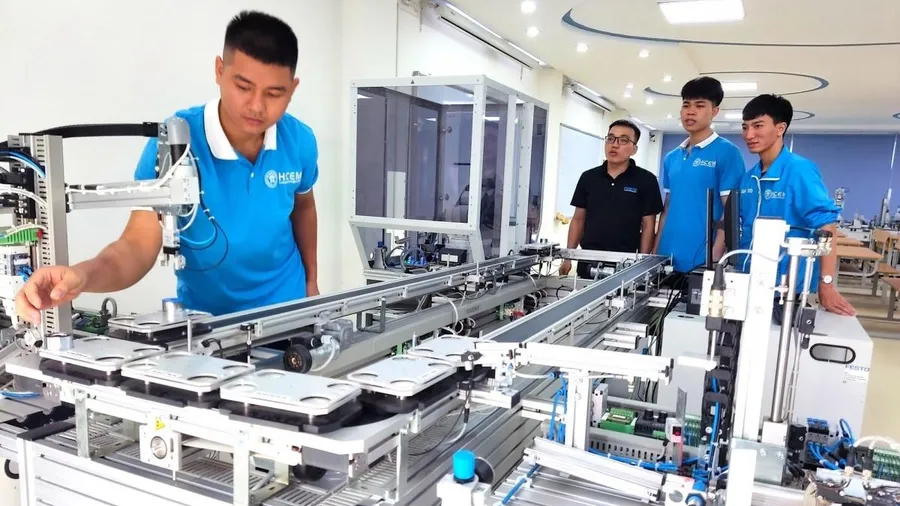
Students of Hanoi College of Electromechanics practice. Photo: School website
“Unbelievable change”
At the workshop “College – current situation and solutions” organized by the Association of Vietnamese Universities and Colleges, MSc. Chung Ngoc Que Chi - Ho Chi Minh City College of Economics and Technology gave a speech mentioning the difficulties in the development process of Vietnam's college training system.
Master Chung Ngoc Que Chi pointed out that Vietnam's post-secondary education system is quite complicated, including many departments under different management agencies. This situation leads to "everyone doing their own thing", lacking unity and connectivity. In particular, in recent years, the college education system has struggled with the problem of appropriate state management agencies.
According to Associate Professor, Dr. Tran Xuan Nhi - former Deputy Minister of Education and Training, the domestic college training system appeared and was closely associated with universities since the early 20th century. The development of the college system has contributed significantly to the training of human resources in the country over the years. However, the Law on Vocational Education in 2014 abolished regulations related to college level of university in previous laws.
“This is an unbelievable change,” Associate Professor Dr. Tran Xuan Nhi said and analyzed that the above shift leads to colleges not being considered universities, and vocational education management is shared. General education institutions, universities, and teacher training colleges are managed by the Ministry of Education and Training, the rest are under the Ministry of Labor, War Invalids and Social Affairs. This regulation brings many unexpected consequences.
The former Deputy Minister of Education and Training cited that the 2006 Law on Vocational Training stipulates that vocational training includes: Elementary vocational training, intermediate vocational training, and college vocational training with the goal of "training technical human resources directly in service production with practical skills commensurate with the training level". In 2014, the Law on Vocational Education replaced the Law on Vocational Training. Elementary, intermediate, and college vocational training levels were rewritten as elementary, intermediate, and college levels.
However, the general goal of vocational education is still written according to the Law on Vocational Education 2006; the specific goal of college level is designed according to the "cumulative" structure of primary and intermediate levels, not according to the "concentric" structure. In essence, college level in the Law on Vocational Education is usually post-secondary education but not yet university education, it is only equivalent to level 4 or lower of ISCED 2011 (International Standard Classification of Education 2011).
Meanwhile, “genuine” college programmes must be consistently designed to enhance learning to ensure they are equivalent to ISCED 2011 Level 5 – the first level of higher education.
From that, it can be seen that since the vocational college programs were born according to the Law on Vocational Training and the Ministry of Labor, War Invalids and Social Affairs directed the design; especially, since the (professional) colleges and vocational colleges switched to the "new merged college" model (different from international practice) according to the Law on Vocational Education, Vietnam's college training has been making at least two serious mistakes.
This is clearly shown in Official Dispatch No. 19/HH-NC&PTCS of the Association of Vietnamese Universities and Colleges sent to Party and State leaders at all levels regarding the transfer of the State management role of the college training system from the Ministry of Labor, War Invalids and Social Affairs to the Ministry of Education and Training (Official Dispatch No. 19).
Specifically, when the majority of workers only need to have a vocational secondary education, if the management agency massively upgrades vocational secondary schools to colleges, while the program remains unchanged according to standards, it will lead to a situation of "super-fast" training and may create resources that are not commensurate with the training level, not in line with common international practices, and as a result, our human resources will not be recognized by the world.
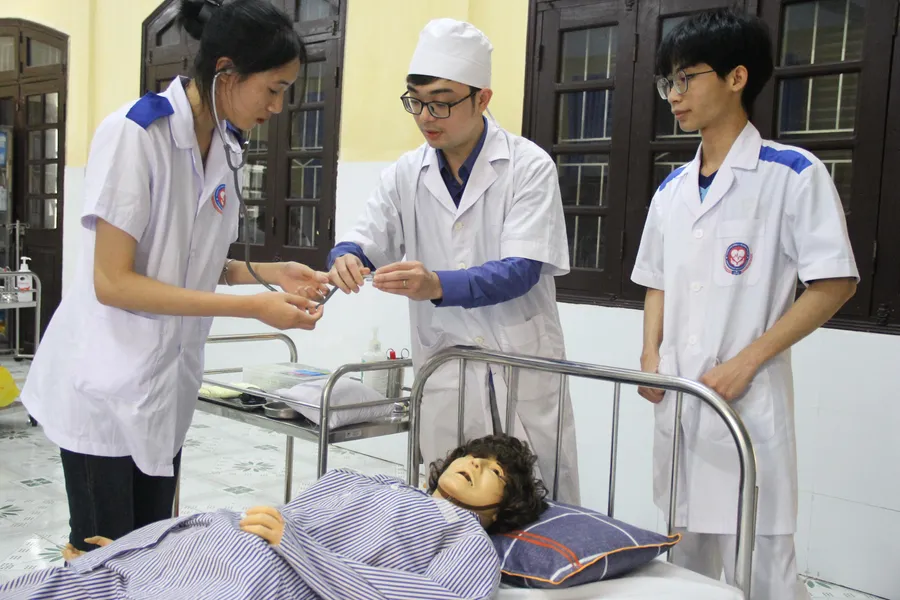
Students of Dang Van Ngu Medical College (Hanoi). Photo: TG
Need to follow general practice
According to Associate Professor, Dr. Tran Xuan Nhi, Official Dispatch No. 19 stated that in the past, there has been serious confusion between vocational colleges and professional colleges in terms of training objectives. This led to the regulation of merging vocational education with professional education, which could "distort" the structure of human resources needed for the country's industrialization and modernization.
Although the concept of “college” has been completely inconsistent throughout the history of Vietnamese education, according to Dr. Le Viet Khuyen – Vice President of the Association of Vietnamese Universities and Colleges, the similarities of college models are all in the higher education level. Only the vocational college model under the 2005 Education Law and the college under the 2014 Vocational Education Law follow a different structure, not belonging to higher education.
Dr. Le Viet Khuyen acknowledged that since the State management of the college system is not undertaken by the Ministry of Education and Training, it has created a "bottleneck" that hinders the division of students after secondary school and the development of human resources.
According to common practice, to meet international integration, countries need to follow the "International Standard Classification of Education" (ISCED) issued by UNESCO. The latest version is ISCED 2011 (issued in 2011) which has been effective worldwide since 2014. This version is for all UNESCO members, including Vietnam, to determine the level of specific education and training programs.
“Based on the above documents, can we determine whether the education programs of the countries are equivalent or not, and whether they are in line with international practices?”, Dr. Le Viet Khuyen raised the issue and said that ISCED 2011 is divided into 9 levels. Specifically: Level 0 for preschool education; level 1 for primary school; level 2 for lower secondary school, divided into two streams: junior high school for general education and a stream for vocational training, called primary vocational training.
Level 3 is for higher secondary education (high school, and the vocational branch is vocational secondary school); level 4 is for post-secondary education but not yet university; level 5 is for college; level 6 is for bachelor's degree and equivalent; level 7 is for master's degree; level 8 is for doctorate. "According to ISCED 2011, levels 2 and 3 belong to secondary education, levels 5, 6, 7 and 8 belong to university education. There is no concept of "Vocational Education Level" like in Vietnam," said Dr. Le Viet Khuyen.
Based on reality, Associate Professor, Dr. Tran Xuan Nhi said that the Association of Vietnamese Universities and Colleges proposed that the National Assembly adjust the Law on Education, the Law on Higher Education, and the Law on Vocational Education in the following direction: Bringing college level back into university education; at the same time, bringing State management of college training under one central authority with other levels of university education, that is, back to the Ministry of Education and Training.
According to Dr. Le Viet Khuyen, if colleges are removed from higher education, along with the pressure to reduce university enrollment, the inevitable consequence will be to return Vietnamese higher education to its elitist characteristics - only adapting to the pre-industrial economy.
Source: https://danviet.vn/he-dao-tao-cao-dang-loi-giai-nao-cho-bai-toan-co-quan-quan-ly-20240714124403346.htm


![[Photo] President Luong Cuong meets 100 typical examples of the Deeds of Kindness Program](https://vstatic.vietnam.vn/vietnam/resource/IMAGE/2025/4/16/ce8300edfa7e4afbb3d6da8f2172d580)
![[Photo] Many practical activities of the 9th Vietnam-China border defense friendship exchange](https://vstatic.vietnam.vn/vietnam/resource/IMAGE/2025/4/16/3016ed3ef51049219574230056ddb741)
![[Photo] Opening of the 4th Summit of the Partnership for Green Growth and the Global Goals](https://vstatic.vietnam.vn/vietnam/resource/IMAGE/2025/4/16/488550ff07ce4cd9b68a2a9572a6e035)
![[Photo] President Luong Cuong receives Ethiopian Prime Minister Abiy Ahmed Ali](https://vstatic.vietnam.vn/vietnam/resource/IMAGE/2025/4/16/504685cac833417284c88a786739119c)
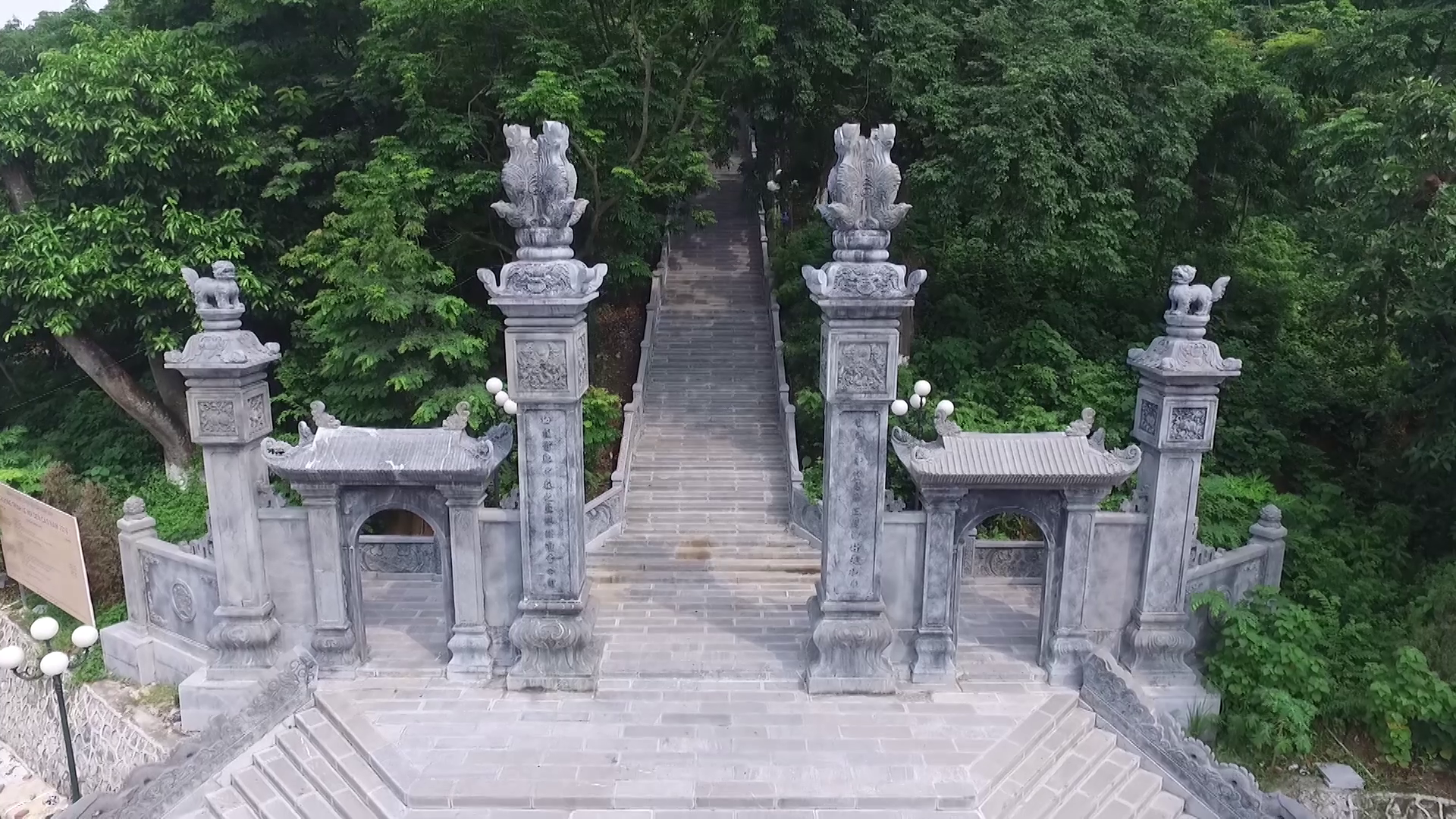
![[Photo] National Assembly Chairman Tran Thanh Man meets with Ethiopian Prime Minister Abiy Ahmed Ali](https://vstatic.vietnam.vn/vietnam/resource/IMAGE/2025/4/16/c196dbc1755d46e4ae7b506c5c15be55)




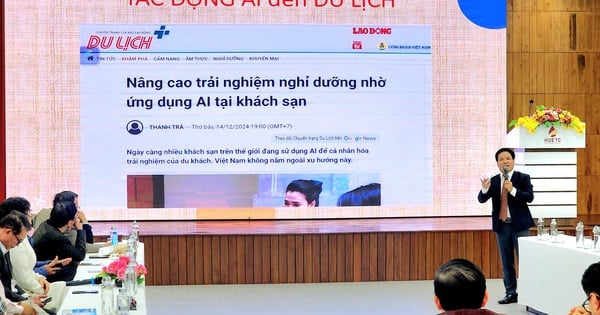




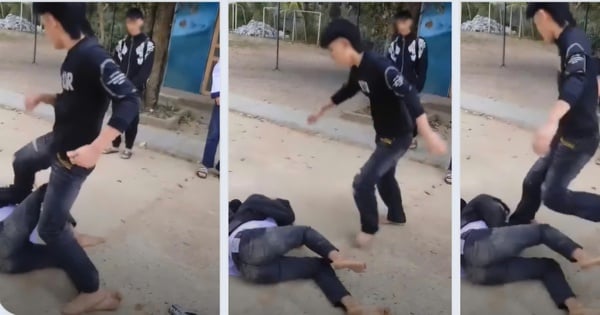
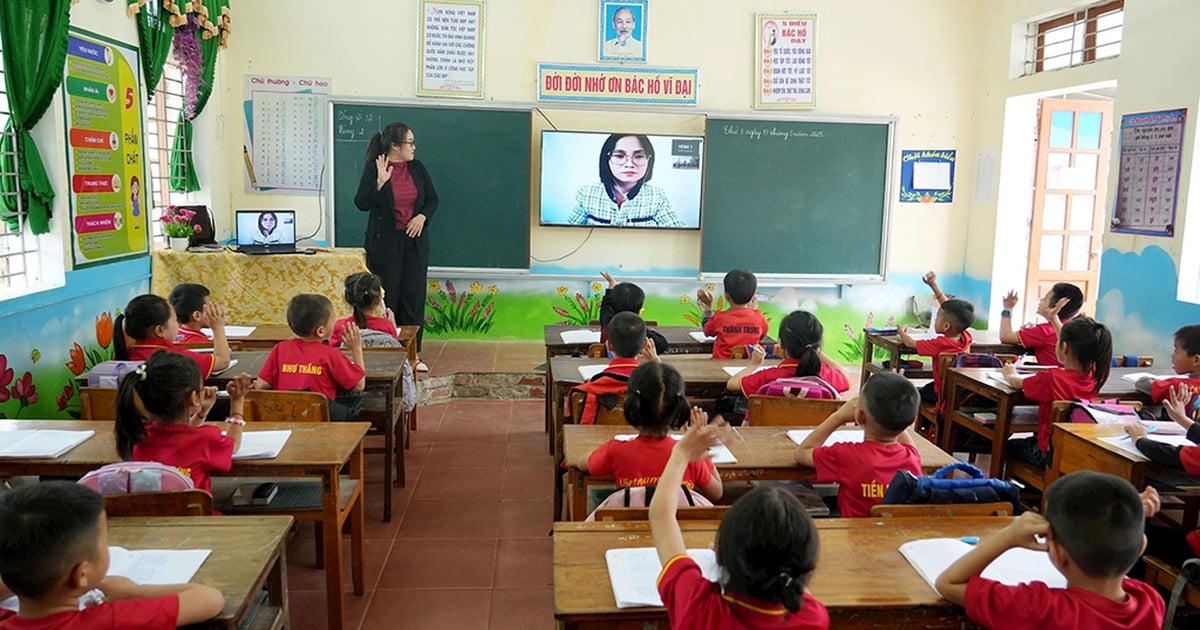
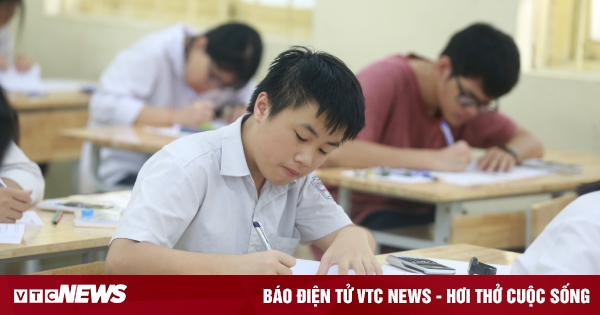
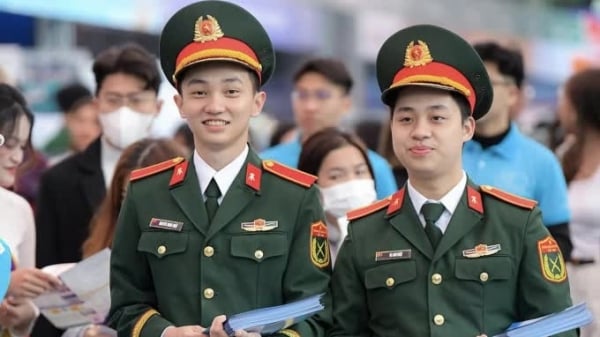
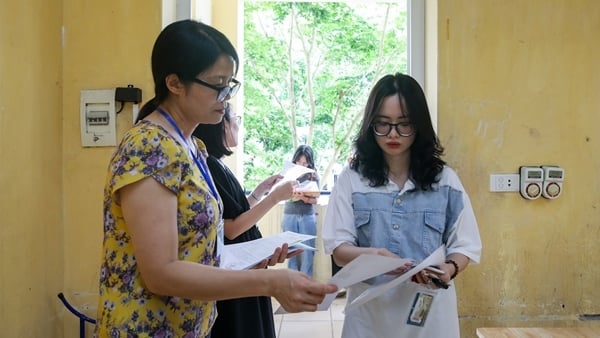
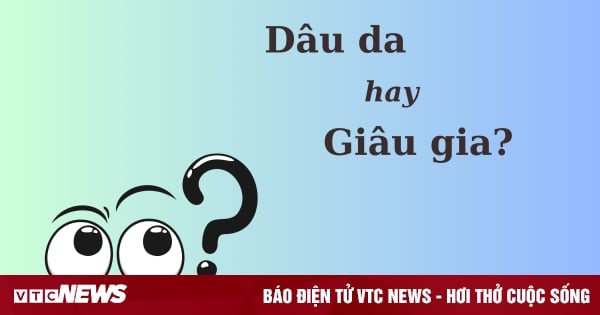
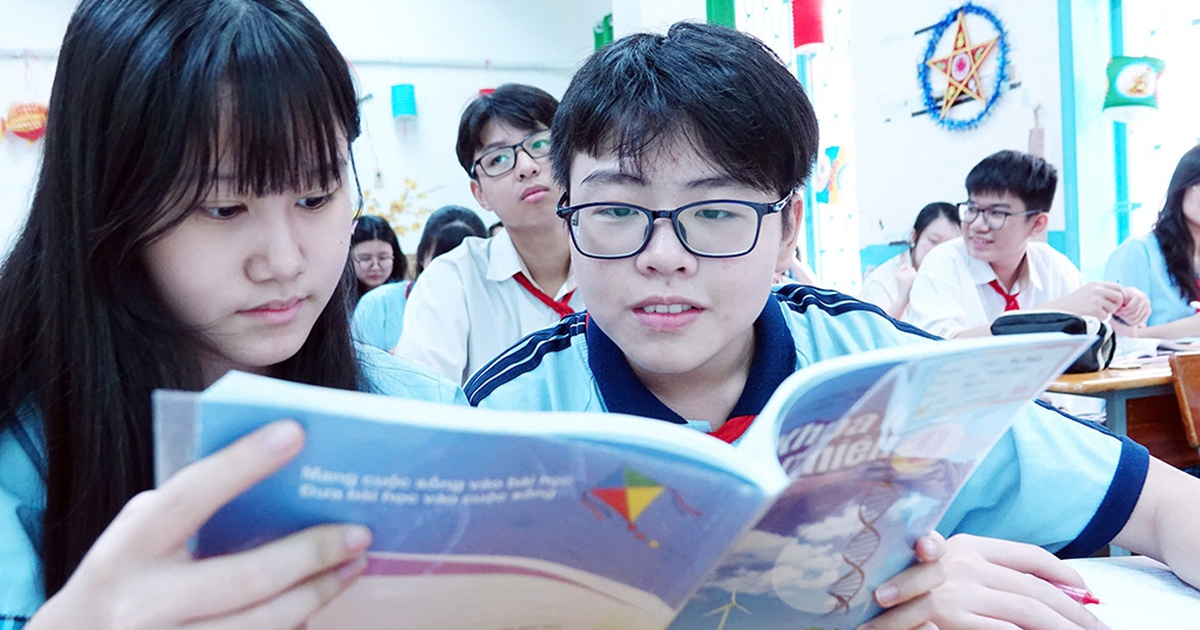





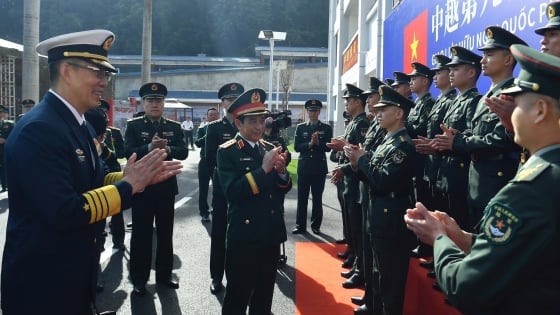



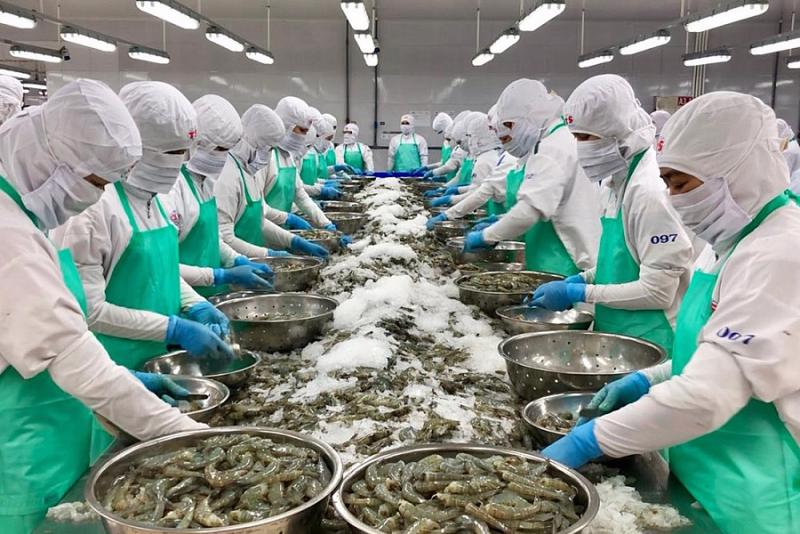
![[Photo] Opening of the Exhibition on Green Growth](https://vstatic.vietnam.vn/vietnam/resource/IMAGE/2025/4/16/253372a4bb6e4138b6f308bc5c63fd51)






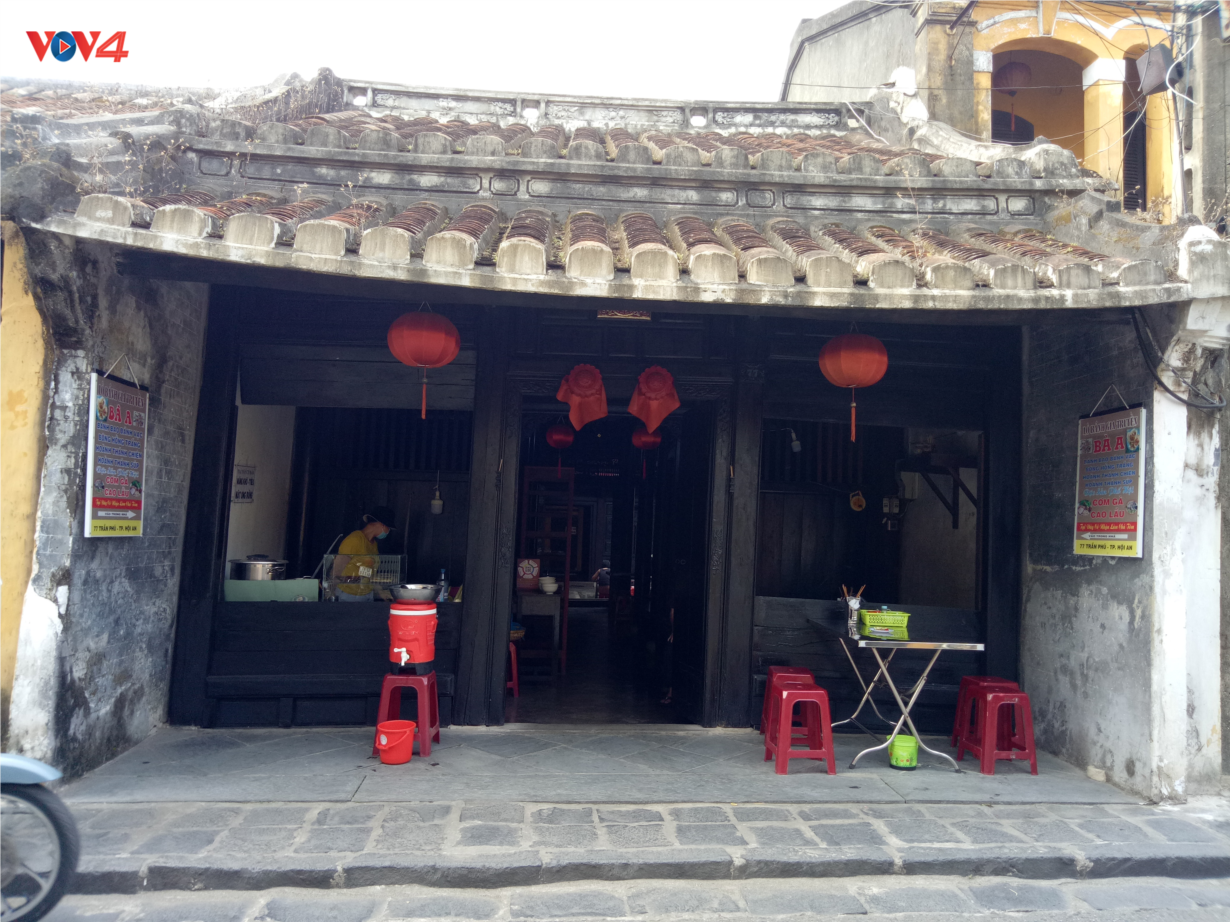

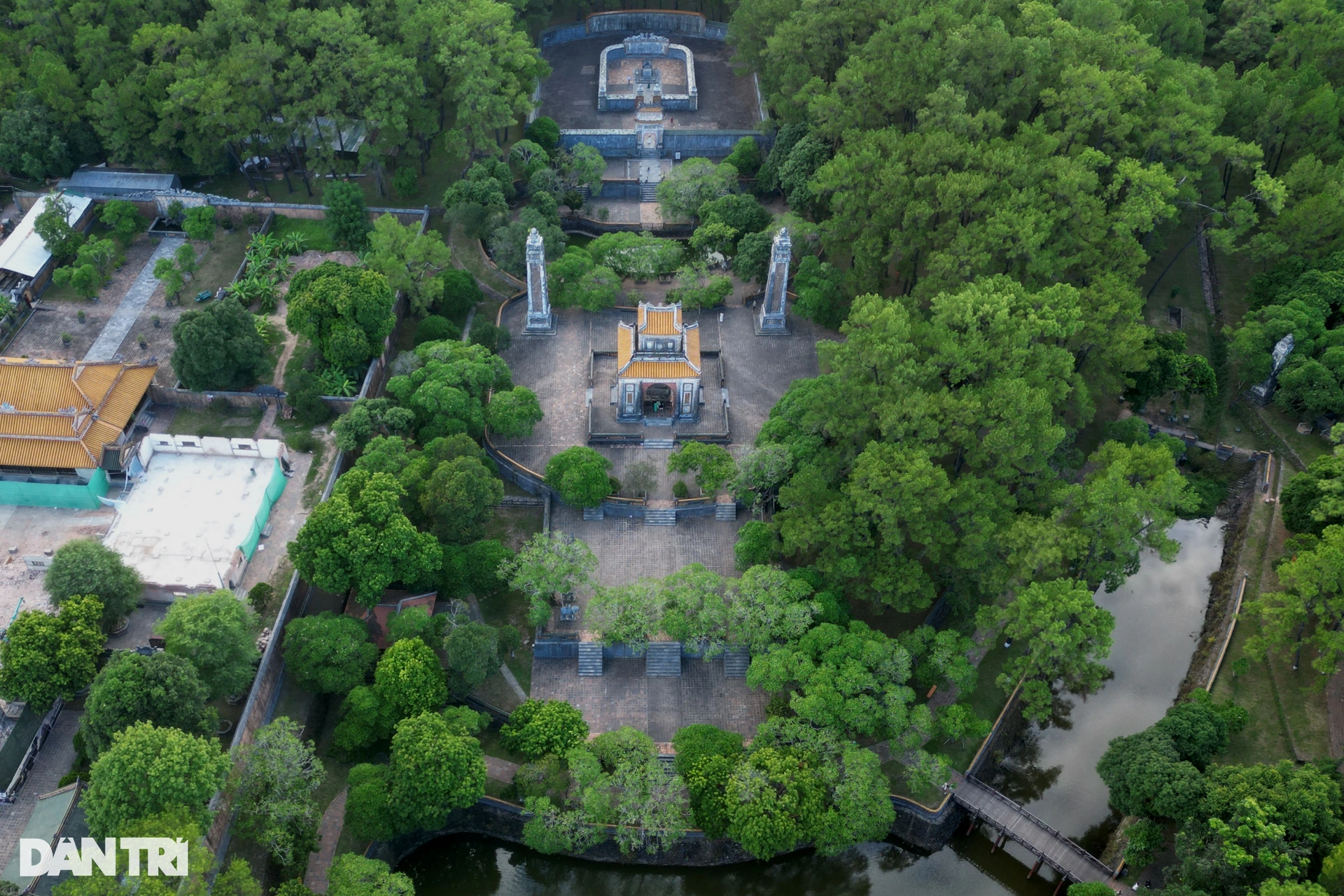



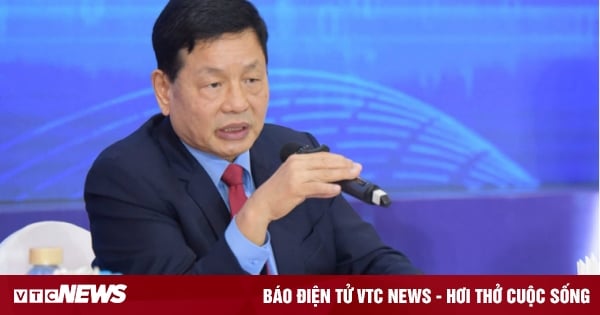

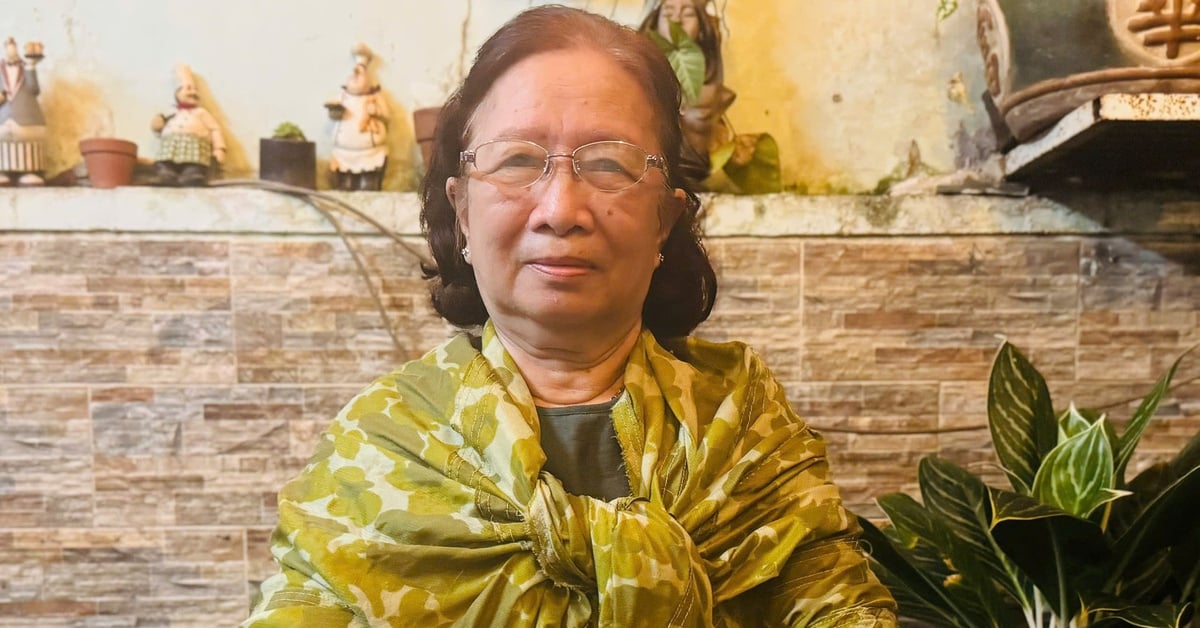

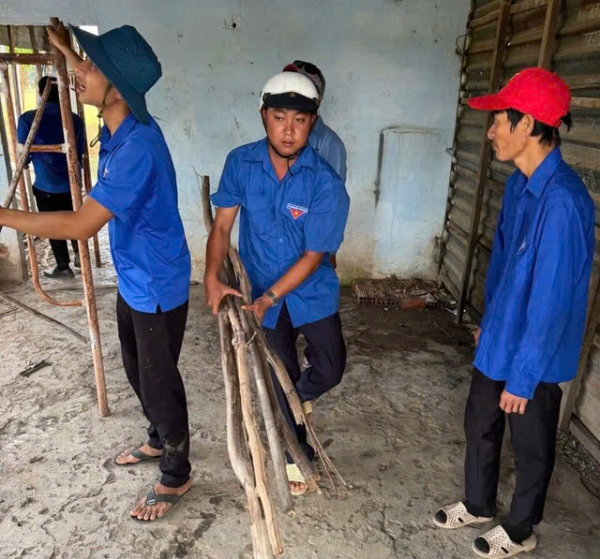

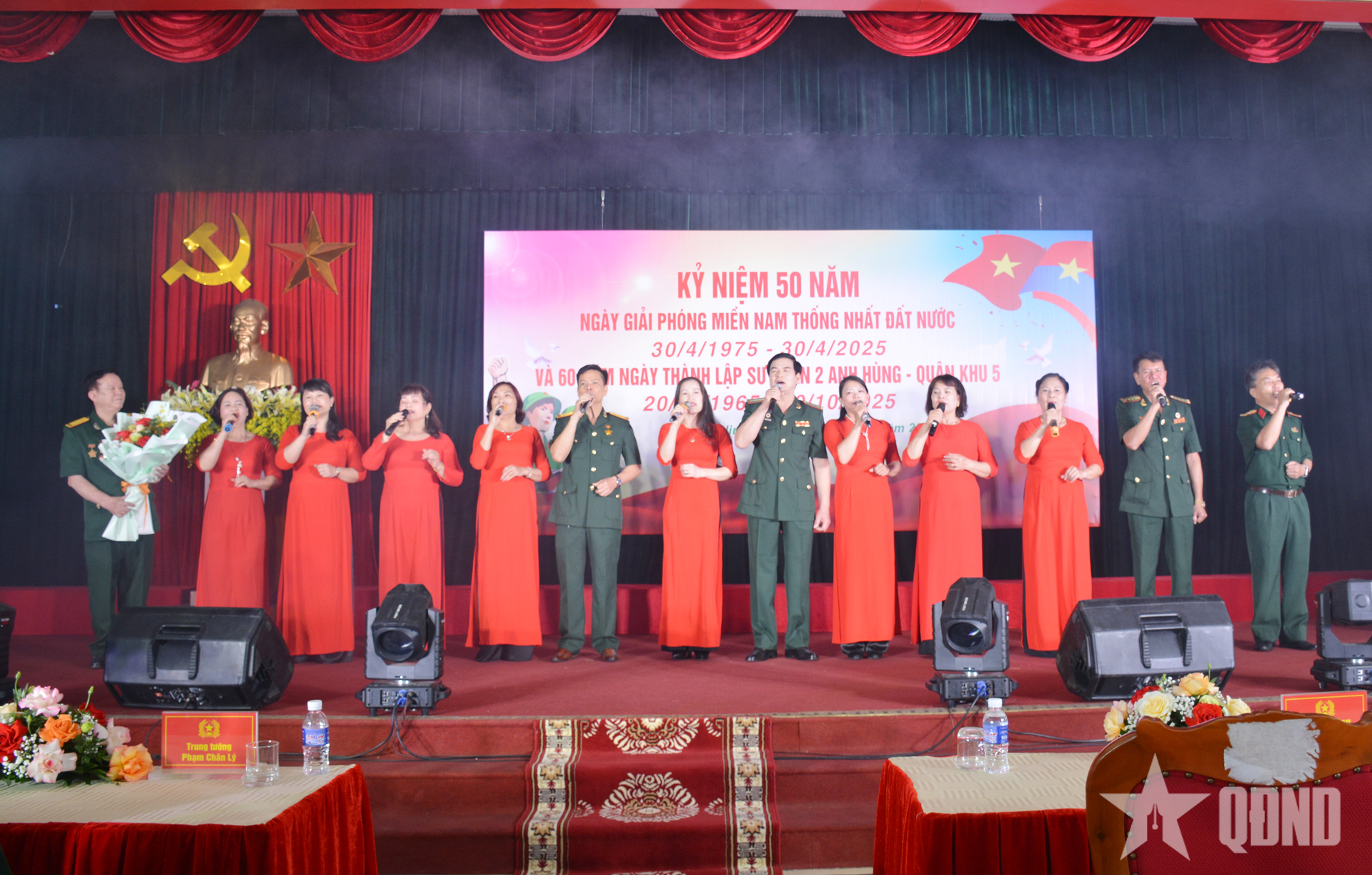

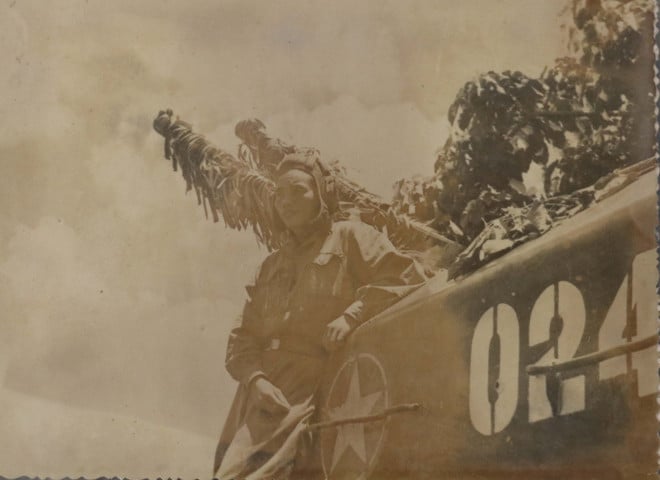


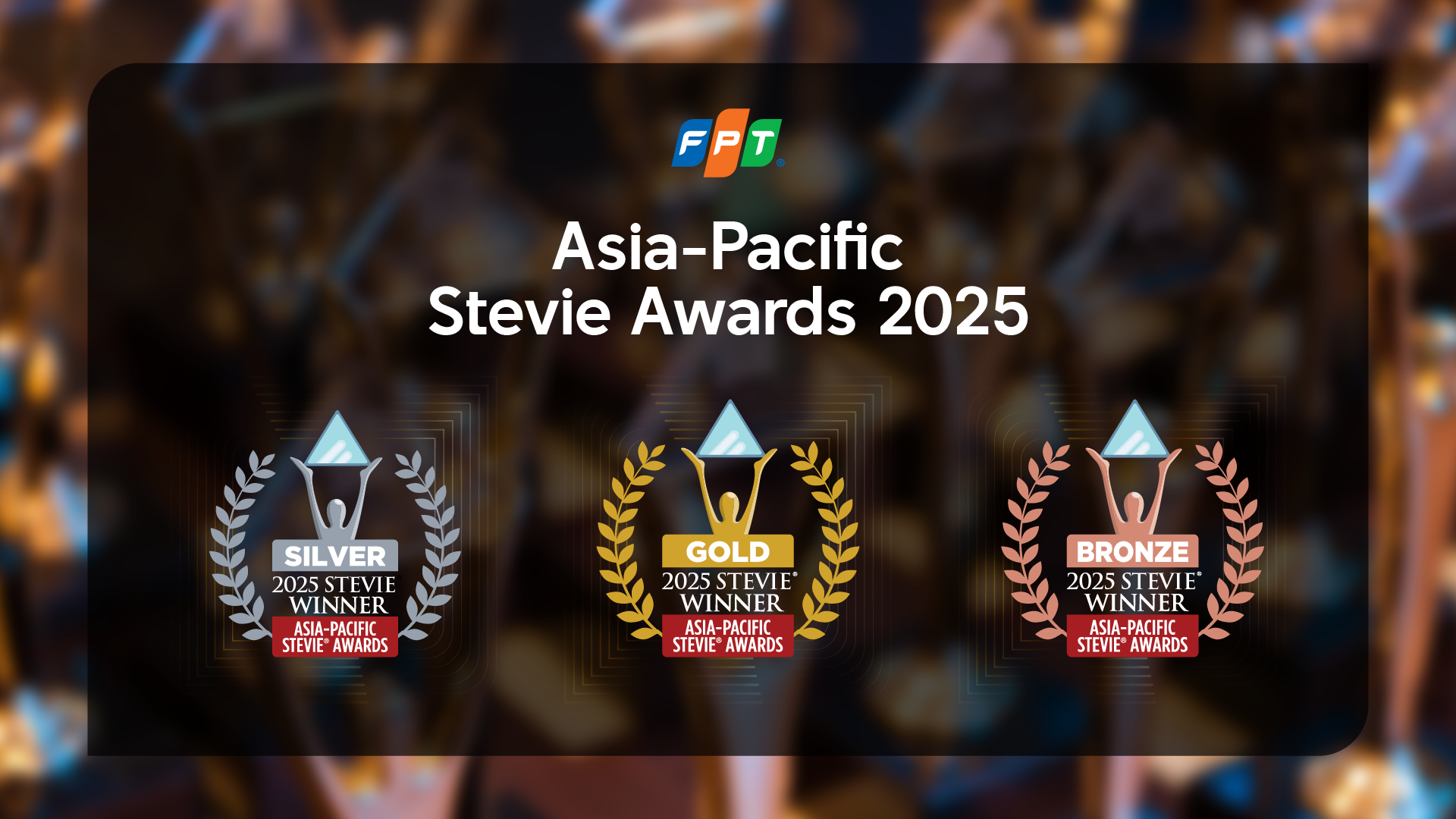




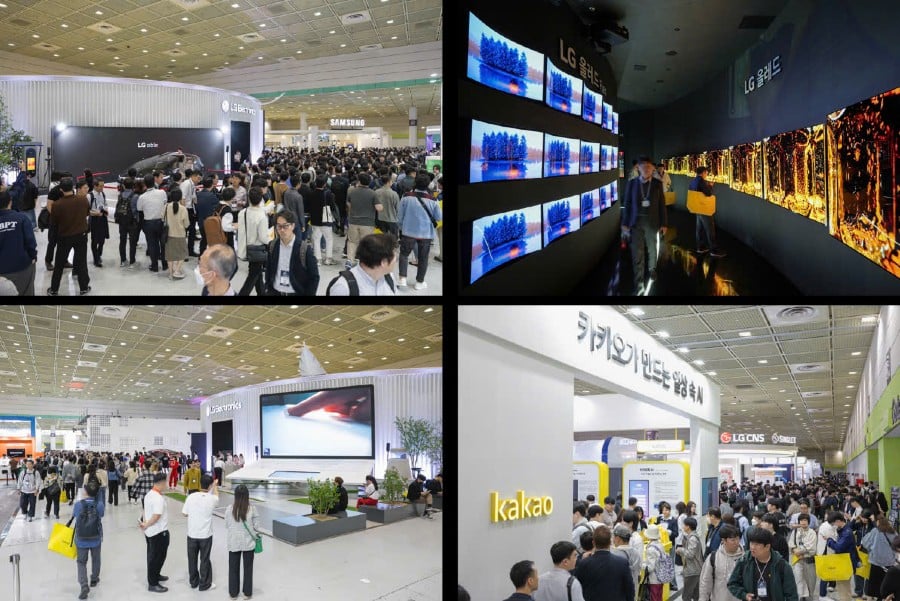


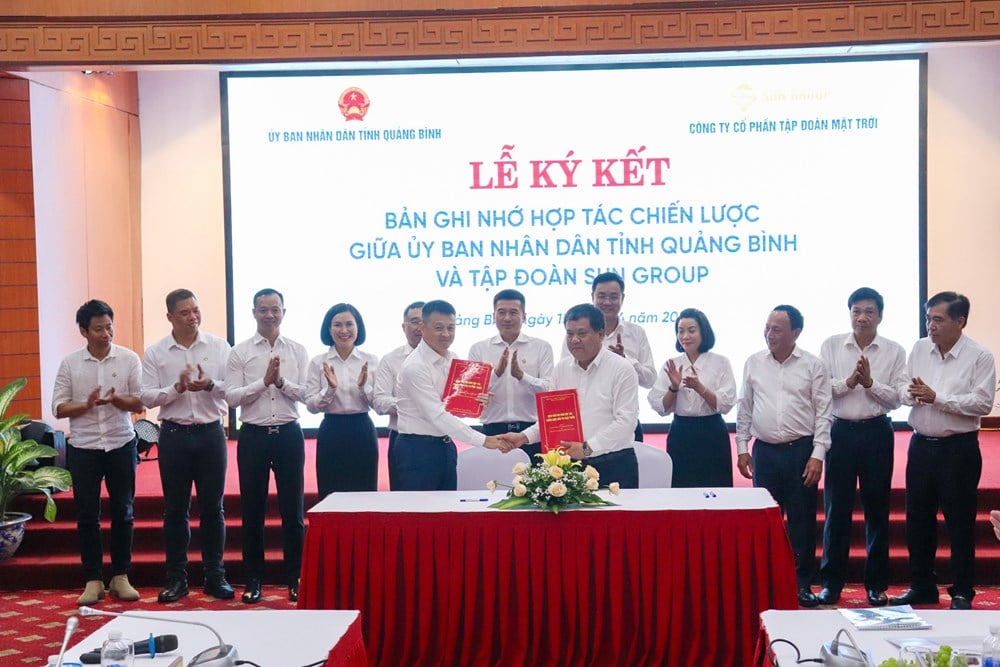

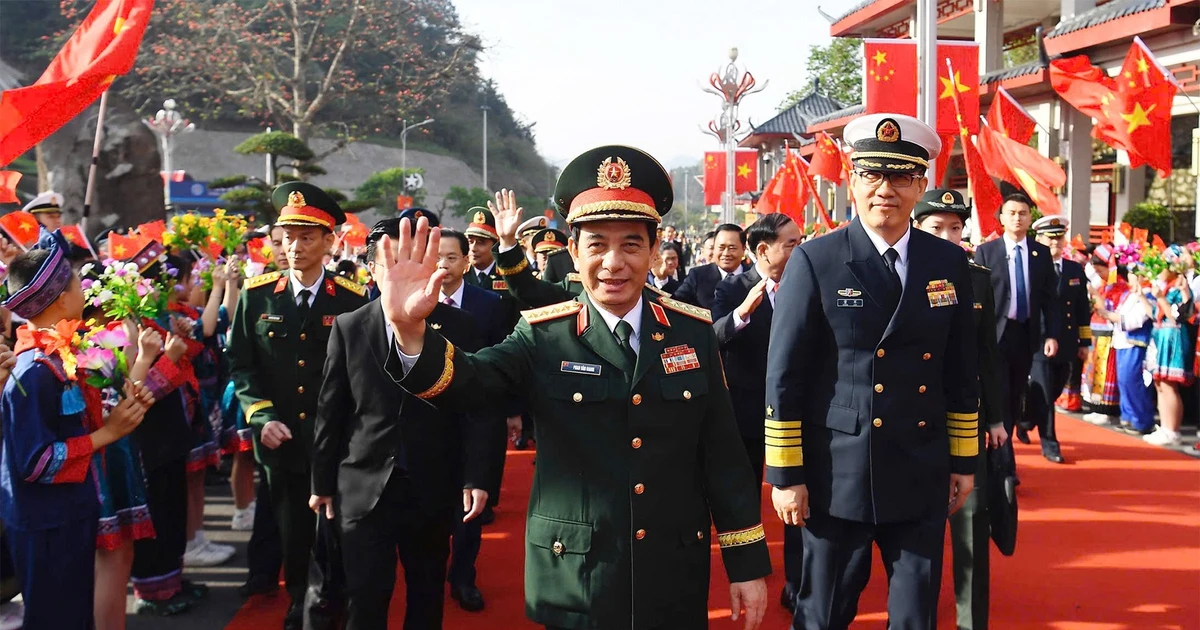

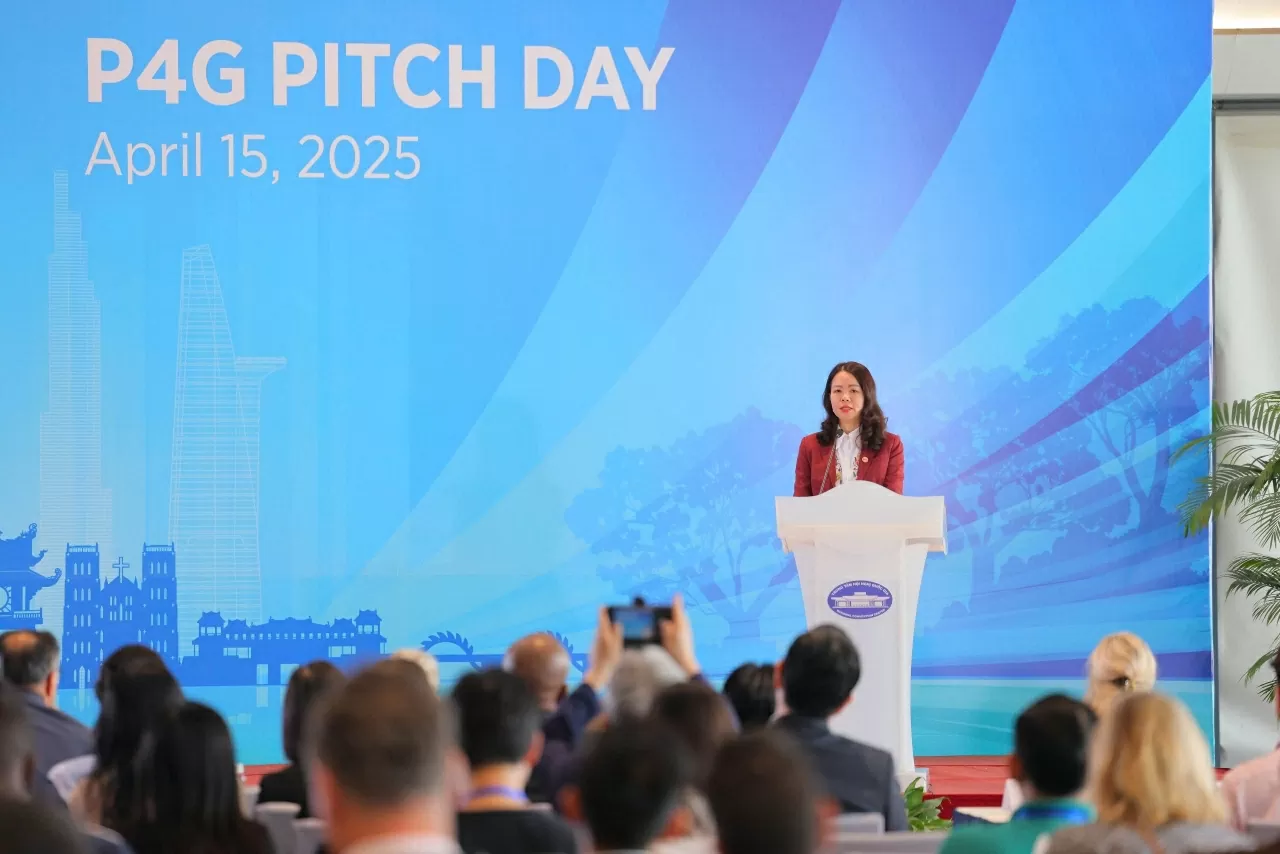

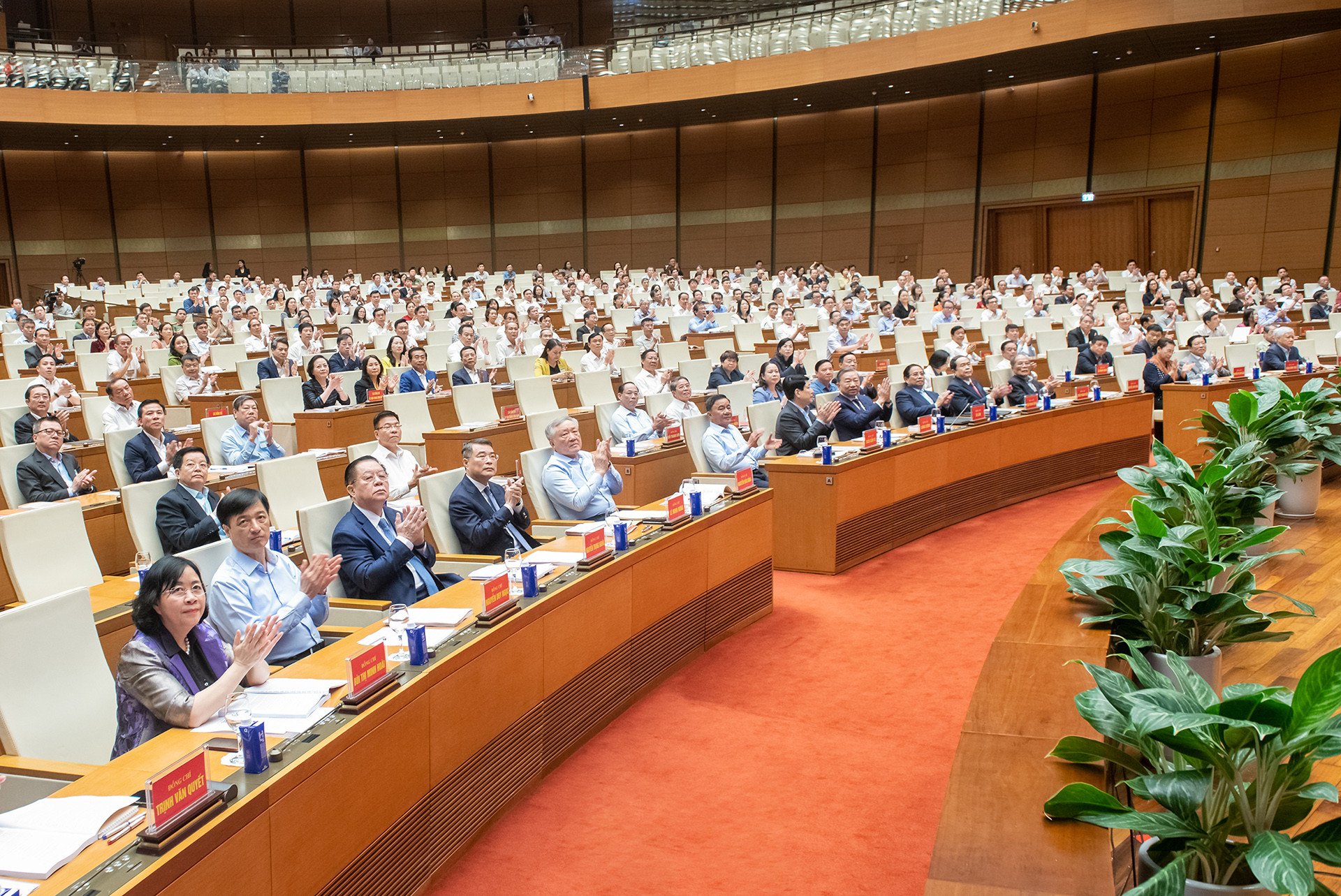
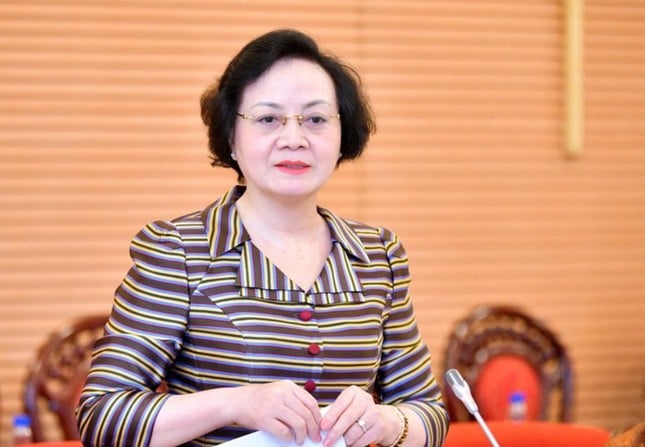

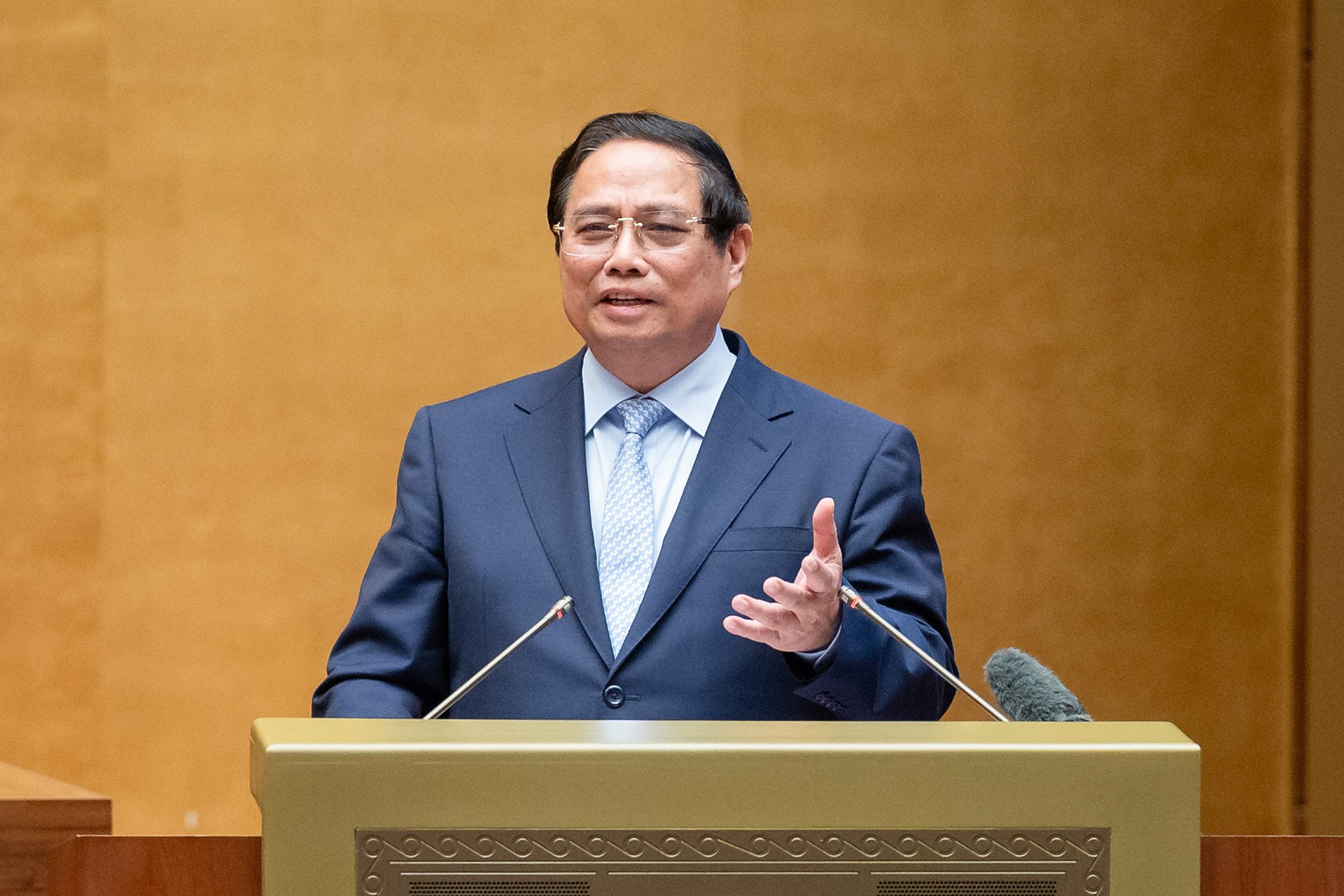
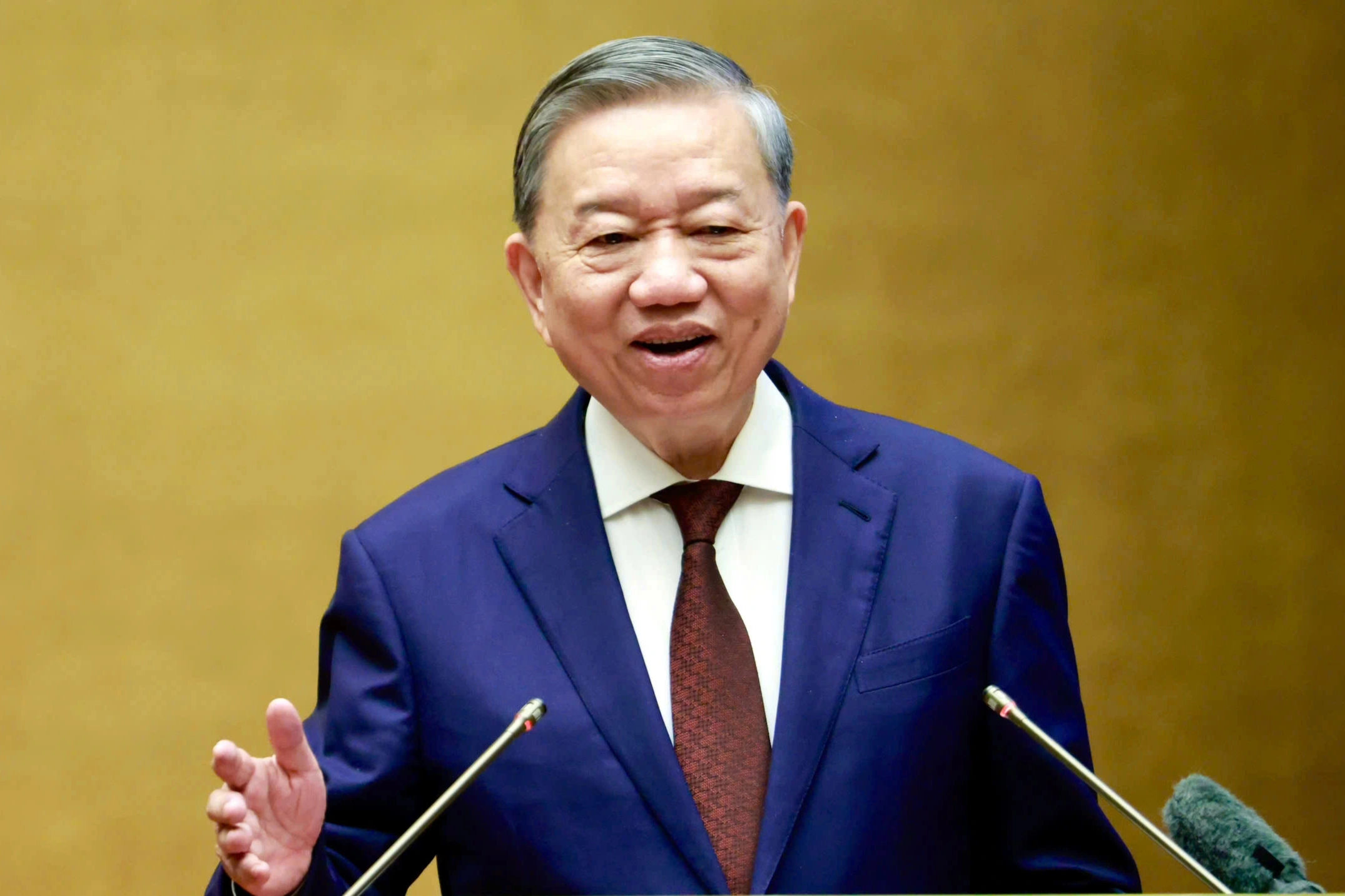
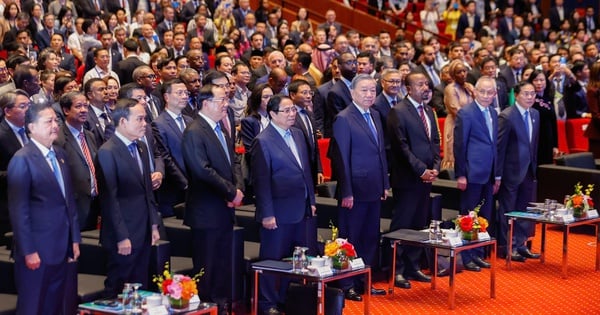

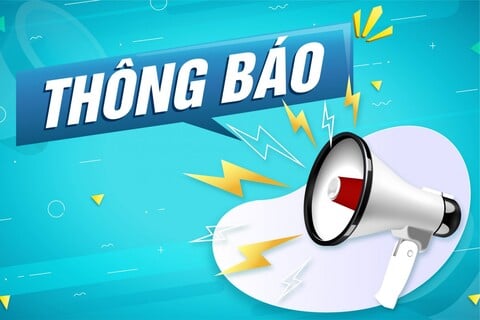


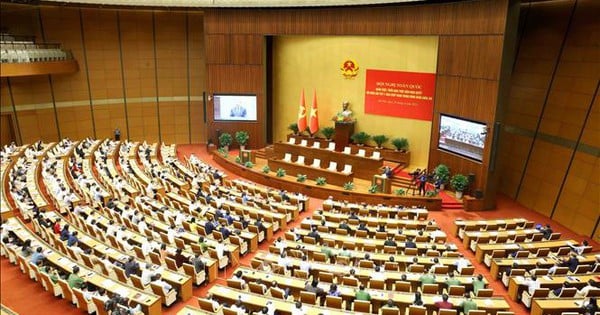

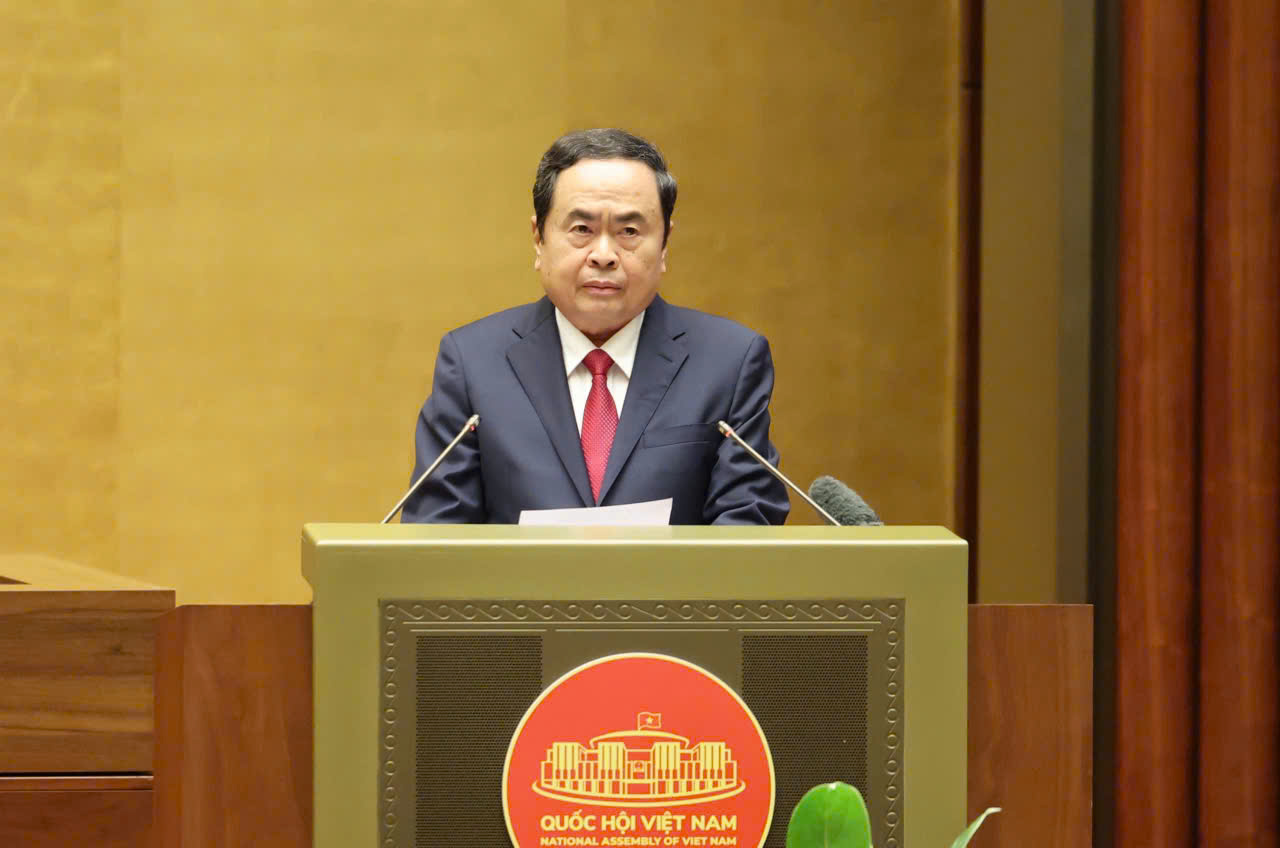



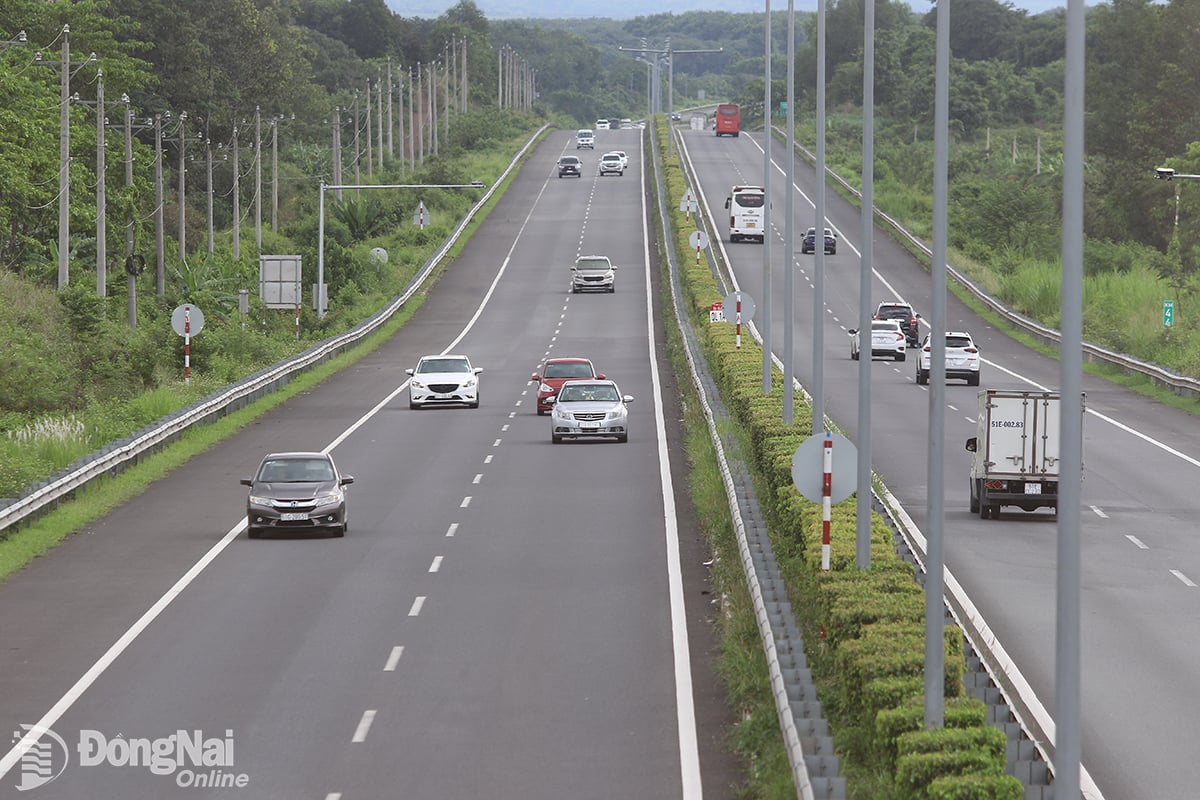




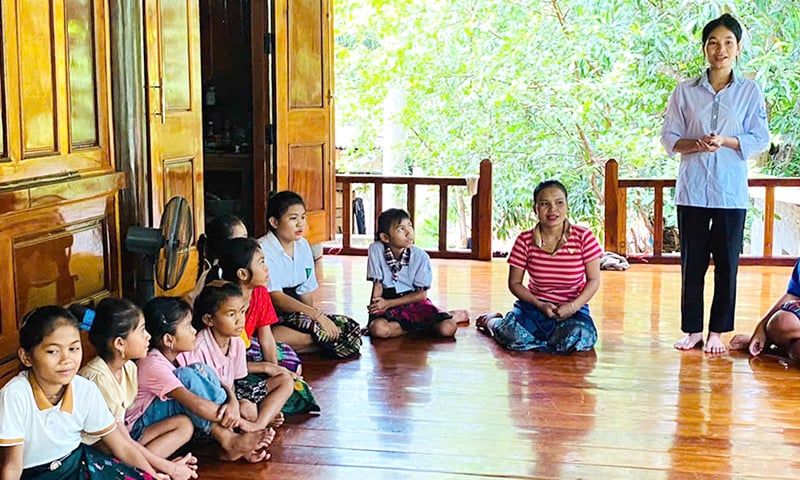

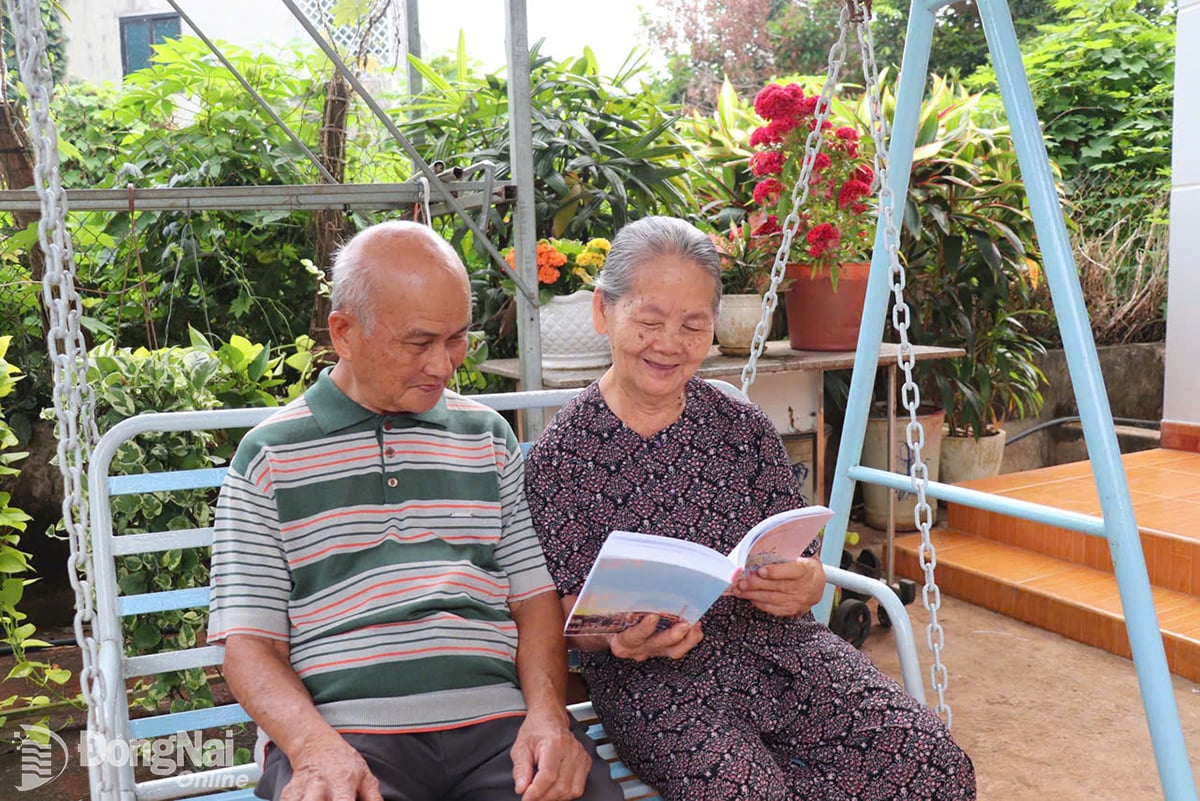


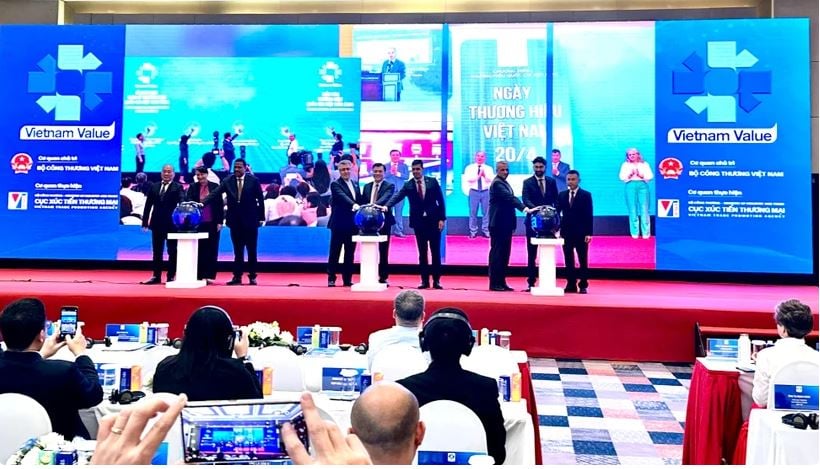

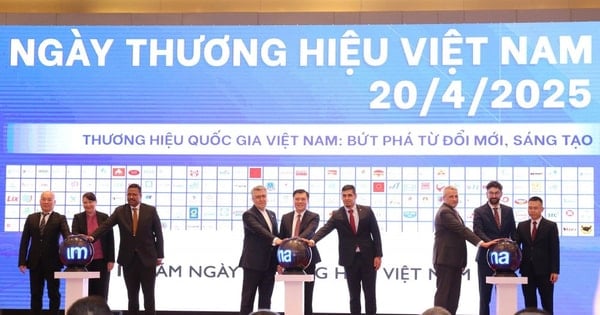

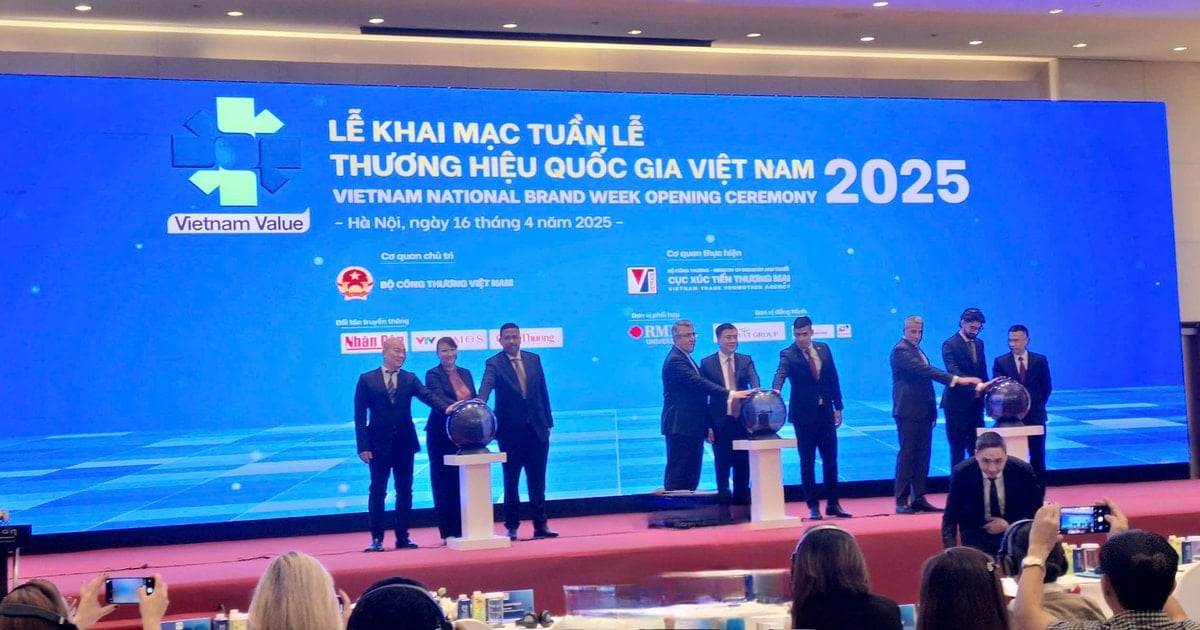


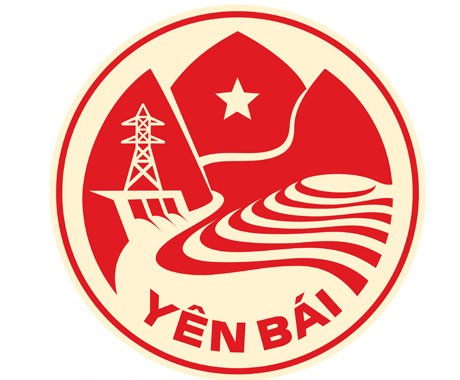
Comment (0)